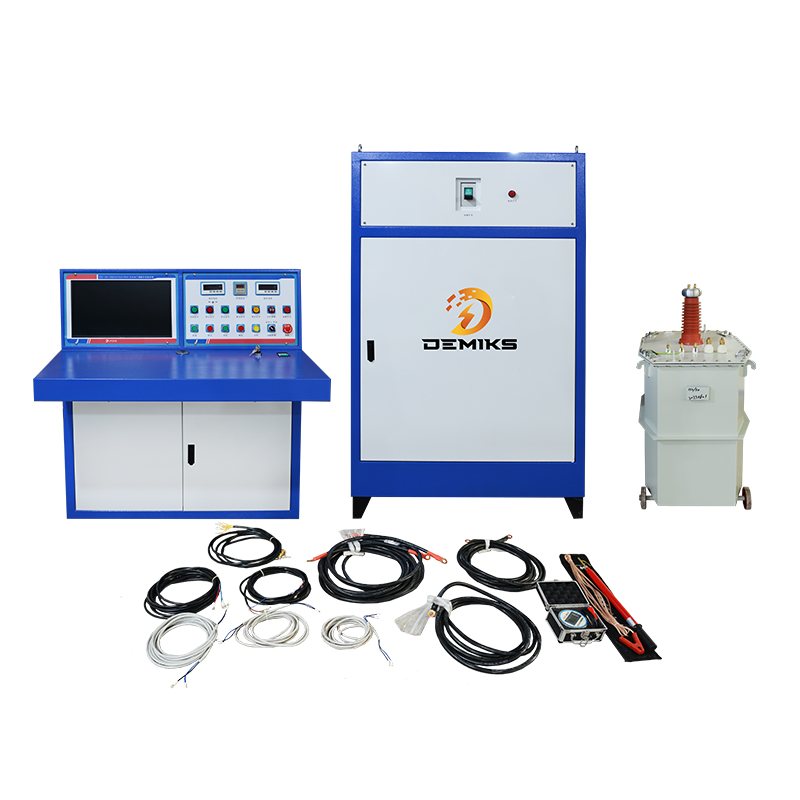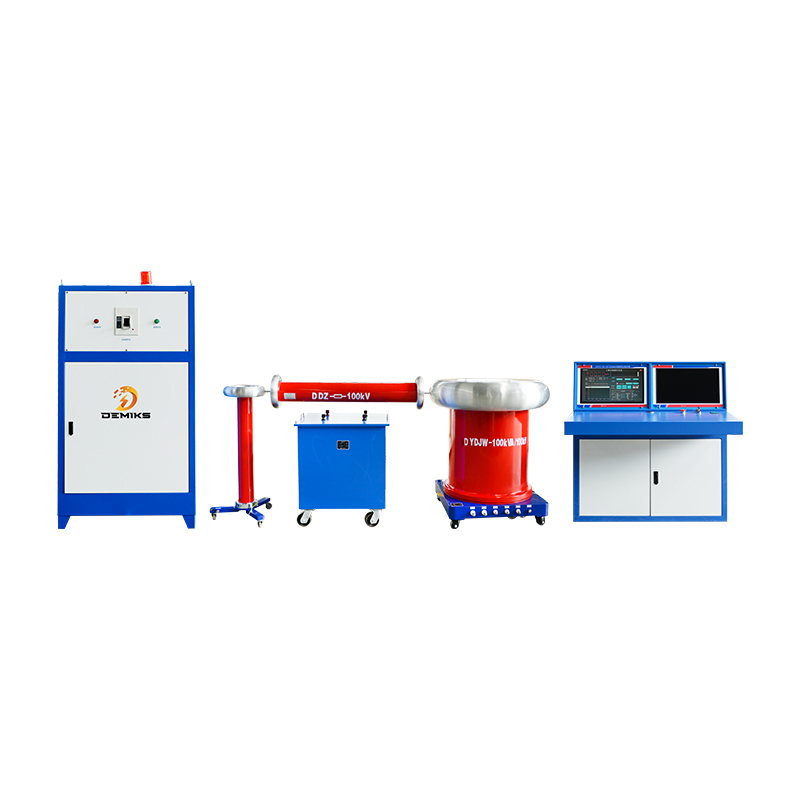how to test a transformer with multimeter
Testing transformers with a multimeter in a transformer tester helps to verify windings, insulation, and function prior to installation or troubleshooting. The following is a step-by-step guide to testing power transformers, isolation transformers, and small control transformers using a digital multimeter (DMM).
1. Safety Precautions
Disconnect power before testing.
Discharge the transformer (short terminals with a resistor if recently powered).
Wear insulated gloves when handling high-voltage transformers.
Verify the multimeter’s voltage rating matches the transformer.
2. Tools Needed
✔ Digital Multimeter (DMM) – Measures voltage, resistance, and continuity.
✔ Insulation Tester (Megger, optional for HV transformers) – Checks insulation breakdown.
3. Step-by-Step Testing Procedure
A. Identify Transformer Terminals
Primary Winding (Input side, e.g., 120V, 240V).
Secondary Winding (Output side, e.g., 12V, 24V).
Center Tap (if any) – Some transformers have a middle terminal.
B. Test for Open or Shorted Windings (Resistance Check)
Set multimeter to resistance (Ω) mode.
Disconnect all wires from the transformer.
Check primary winding:
Place probes on primary terminals.
Expected: A few ohms to hundreds of ohms (depends on size).
If OL (Open Line) → Winding is broken (faulty).
If 0Ω → Shorted winding (faulty).
Check secondary winding:
Repeat for secondary side (should read lower resistance than primary).
Example: A 12V secondary may read 0.5Ω–5Ω.
C. Test for Short to Ground (Insulation Check)
Set multimeter to highest resistance range (or Megger for HV).
Check primary to core/ground:
One probe on primary terminal, the other on transformer core/ground.
Expected: OL (no continuity).
If resistance < 1MΩ → Insulation failure (leakage).
Repeat for secondary to ground.
D. Test Turns Ratio (Voltage Check, Requires External Power)
Apply a low AC voltage (e.g., 12V) to the primary.
Measure output voltage on secondary.
Example: If primary = 120V, secondary = 12V → Ratio = 10:1.
If voltage is too low → Shorted turns.
If no voltage → Open winding.
E. Check for Overheating (Operational Test)
Reconnect transformer to rated voltage.
Run for 5–10 minutes.
Feel for excessive heat (should be warm, not hot).
If overheating → Possible shorted turns or overload.
4. Common Transformer Faults & Symptoms
| Fault | Multimeter Reading | Solution |
|---|---|---|
| Open winding | OL (infinite Ω) | Replace transformer |
| Shorted winding | 0Ω (or very low Ω) | Replace transformer |
| Shorted to ground | Low resistance to core | Replace/rewind |
| Wrong voltage ratio | Incorrect output V | Check windings |
5. When to Replace a Transformer?
Open or shorted windings
Burnt smell or visible damage
Excessive humming/vibration
Insulation resistance < 1MΩ
Conclusion
To test a transformer with a multimeter:
Check winding resistance (should not be open or shorted).
Test insulation to ground (should be >1MΩ).
Verify voltage ratio (if possible).
Replace if faulty.
 Relay Protection Testing and Commissioning Gu
Relay Protection Testing and Commissioning Gu
 how to test microwave transformer
how to test microwave transformer
 how to reset circuit breaker with test button
how to reset circuit breaker with test button
 high voltage cable testing standards
high voltage cable testing standards


